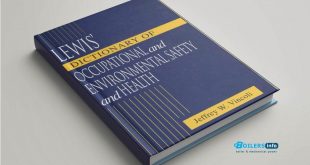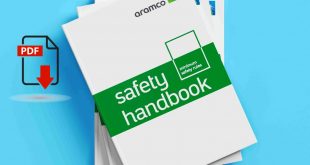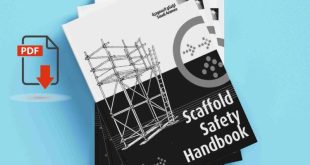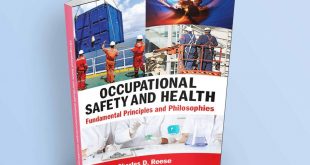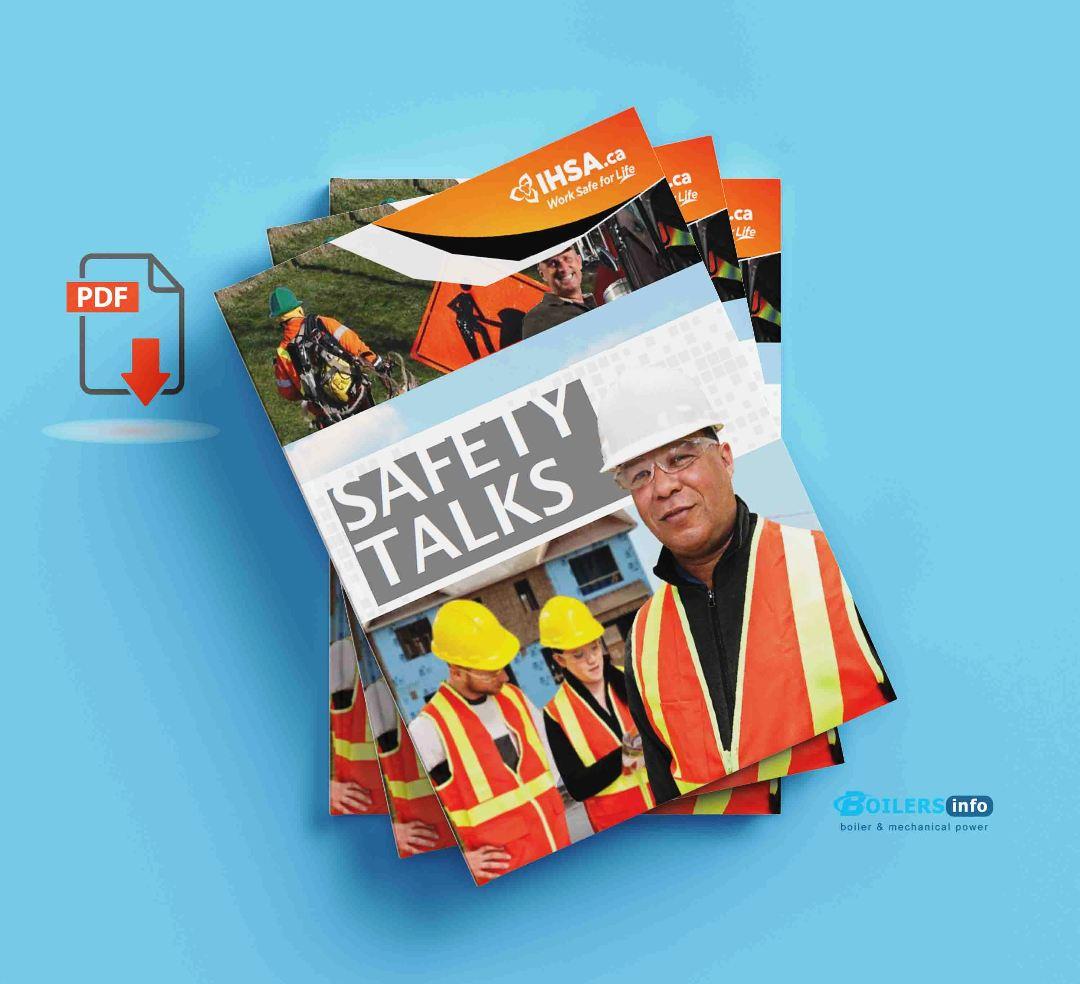
Introduction
Safety is more than compliance—it’s a commitment to protecting lives. IHSA’s safety talks are designed to promote awareness, build competency, and reinforce a strong safety culture across all job sites.
Safety Talks and JSAs
Toolbox talks and Job Safety Analyses (JSAs) help workers recognize hazards before starting work. They encourage communication, teamwork, and proactive risk identification.
Responsibilities and Rights
Employers are responsible for providing a safe work environment. Workers have the right to know about hazards, participate in safety programs, and refuse unsafe work without fear of reprisal.
Personal Protective Equipment (PPE)
PPE is a last line of defense. From hard hats to harnesses, appropriate selection, inspection, and maintenance of PPE are vital to keeping workers safe from physical, chemical, and biological hazards.
Working at Heights
Falls are a leading cause of fatalities. Workers must be trained and equipped with fall prevention systems when working above 3 meters (10 feet) or near unguarded edges.
Fall Protection
Fall arrest systems, guardrails, and travel restraint devices must be properly used and anchored. Regular inspections and proper donning of gear are critical for effectiveness.
Rigging and Hoisting
Lifting operations involve multiple hazards—load weights, sling angles, and equipment limitations must all be considered. Only qualified personnel should perform rigging tasks.
Electrical Safety
Electricity is invisible but deadly. De-energize whenever possible, use insulated tools, and maintain safe distances from live parts. Always follow lockout/tagout procedures.
Lockout and Tagging
Before maintenance or repair, energy sources must be isolated and secured. Lockout/tagout ensures that machines remain inoperative until work is safely completed.
Vehicles
Vehicle incidents can be fatal on busy sites. Use spotters, wear high-visibility gear, and follow site-specific traffic rules. Always conduct pre-operational inspections.
Slip and Fall Hazards
Uneven surfaces, wet floors, and poor lighting contribute to slips, trips, and falls. Housekeeping and hazard identification can drastically reduce these incidents.
Trenching
Cave-ins are a major hazard in trenching work. Protective systems like shoring, shielding, or benching must be used for trenches deeper than 1.2 meters (4 feet).
Confined Spaces
These environments pose atmospheric and physical hazards. Proper entry procedures, monitoring, and rescue planning are required before entry is permitted.
Techniques and Tools
Using the right tool for the job minimizes risk. All tools must be maintained, inspected, and used according to manufacturer instructions.
Health
Occupational health includes exposure to noise, dust, chemicals, and stress. Early identification and control of health hazards protect workers’ long-term wellbeing.
Ergonomics
Poor posture and repetitive strain can lead to musculoskeletal disorders. Task rotation, proper lifting techniques, and ergonomic tools reduce physical strain.
Forms
Safety forms—incident reports, inspections, permits—help track issues, ensure compliance, and support continuous improvement.
 Boilersinfo Boiler and Mechanical Power Digital Library
Boilersinfo Boiler and Mechanical Power Digital Library
